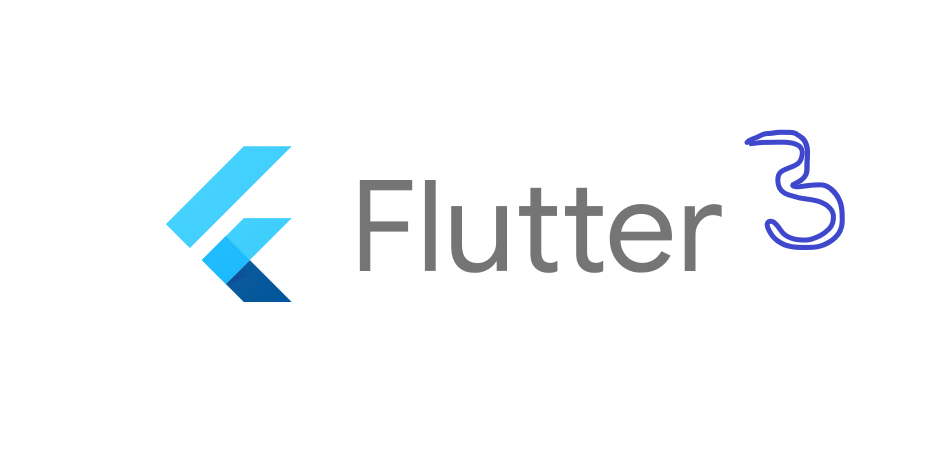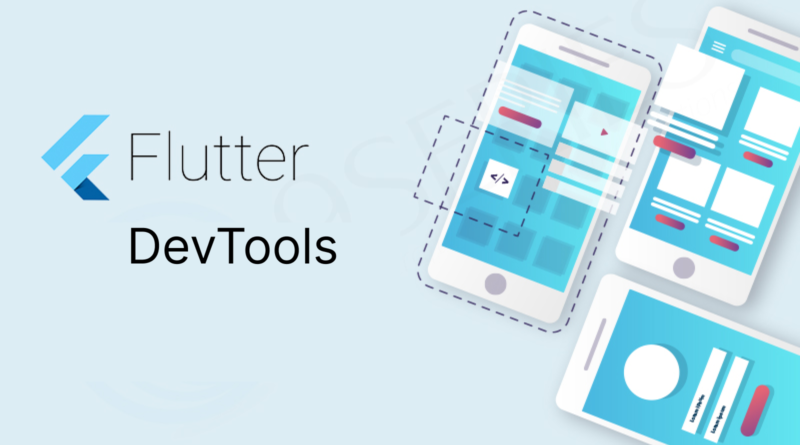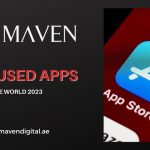Flutter is the talk of the town these days. Flutter development has become quite a popular topic amongst leading developers, especially ones who have JavaScript knowledge. Most Android and iPhone app development today are developed using Flutter making it one of the most used interfaces to develop apps.
Flutter just launched a new update called Flutter 3 with unique features and updates. The article below is going to dive deep into the features, updates, and improvements. When you’re done with the article you’ll be all caught up in the updates and improvements that Flutter 3 offers.
Flutter 3: What’s new?

Here is a small guide to what’s new on Flutter:
Flutter 3: Updates, Performance Improvements, & Additional Features
Now use Firebase Crashlytics to test the usability and the functionality of your app. Moreover, Flutter as a whole has undergone improvements in its UI, UX, and backend codes to increase the features and functionality whilst simultaneously ensuring a high-quality final product. Flutter has moved away from mobile-centric to a multi-platform framework that improves the capabilities and the compatibility of mobile apps.
Mobile Updates
Here are some updates for mobile app development:
- Make your apps foldable phone supported
Now you can develop apps supported for foldable phones. Foldable phones are finally catching on, and foldable phones have unusual display sizes which often results in a distorted-looking app that can greatly impact the viewing experience. It provides the ability to use an overlay that does not get into the way of the user experience. So you have a responsive design app that not only fulfills but adds to the overall service.
- Variable refresh rate support for IOS
It provides a chance to make apps with a higher variable refresh rate to get the best performance at all times. At times it can go up to 120 refresh rate to ensure the most smooth and unique-looking user interface. Which for the most part have been limited to just 60 hertz. Although IOS support has been cut off to old models the newer software really adds to the overall experience. This unfortunately is limited to just IOS and soon will be made available on Android.
Also Read: Top 5 Frameworks For Cross-Platform Mobile Development
Web Updates
Here are some web app updates:
- Image decoding for improved loading speed
Browsers that support image decoding to allow faster loading. Today's browsers such as Opera, MS Edge, Chrome, and Samsung Browser offer this capability. It essentially means to synchronize and decode the image codecs. As a result, it improves the loading times and the quality of the image ultimately impacting the user experience of the app positively. Today loading speed and visual quality are the two biggest determinants of the user experience in mobile apps.
- Build cross-platform apps with plugins to build high-quality apps
If you’re looking to build yourself a web app then it’s advisable to refer to non-other than Flutter. You can now showcase and make your app available across different platforms, browsers, and operating systems to maximize the population with access to the app. Build a responsive web app today that adds to your user experience leading to improved performance of the app. Furthermore, Flutter development enables web apps to be viewed appropriately across the scene.
Flutter DevTools

Now use flutter DevTools to rid yourself of bugs that get in the way of testing and tracing apps and their accessibility and usability. This is a tool for experts who want to get that extra oomph from Flutter. It provides leverage and hands increasingly more power to the developers. It can also be usable by Dart developers; there are tools to inspect the consistency, performance, and memory optimization and performance of the mobile apps.
It also includes debugging tools to make sure that apps function properly. Across the plane. Flutter packs all the necessary tools into a single web suite where developers would be able to develop apps. Flutters DevTools are usable in a variety of different situations and areas to actively debug issues faced by the app for a final working app.
Performance Upgrades
There are subtle differences and major differences but we argue that the most subtle differences are going to impact the user experience. Opacity widget is a primitive saveLayer that is available to reduce the size of the animation during flutter development. This results in improved animation and performance making the app visually appealing. Opacity typically summons saveLayer but its characteristics are interchangeable now and then to maximize the performance of the app in question.
Flutter 3 further promises smooth executions without risking relapse in the process. This ensures a fast and efficient process of app development. Increasingly more developers have been keen on moving to Flutter for improved performance, efficiency, efficacy, and quality of the final product during the final stages of flutter development. These performance improvements might seem like nothing but to developers, it’s nothing shy of being as valuable as gold to developers when developing mobile apps.
Additional Features
Here are some additional features of Flutter 3:
- Extensions for themes - Add to your ThemeData in terms of the material library through extensions
- Ads - Flutter now supports customized promotions in both Apple and Google OS.
- Enhanced Enumerations - Now broaden the usefulness of Enums with Flutter 3
- Super constructors - Now write short but useful codes
- New Syntax - Easiest syntax for developers to learn Flutter development








